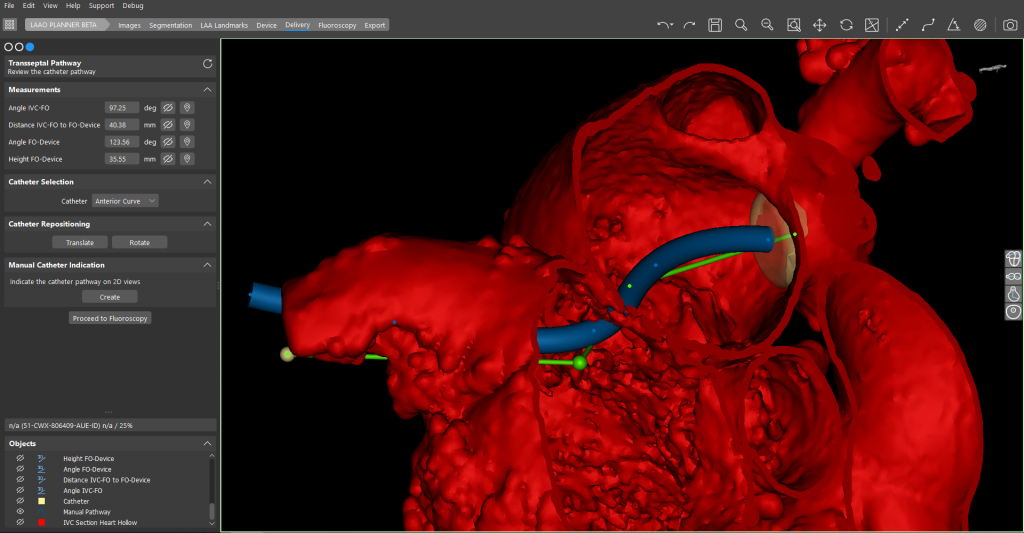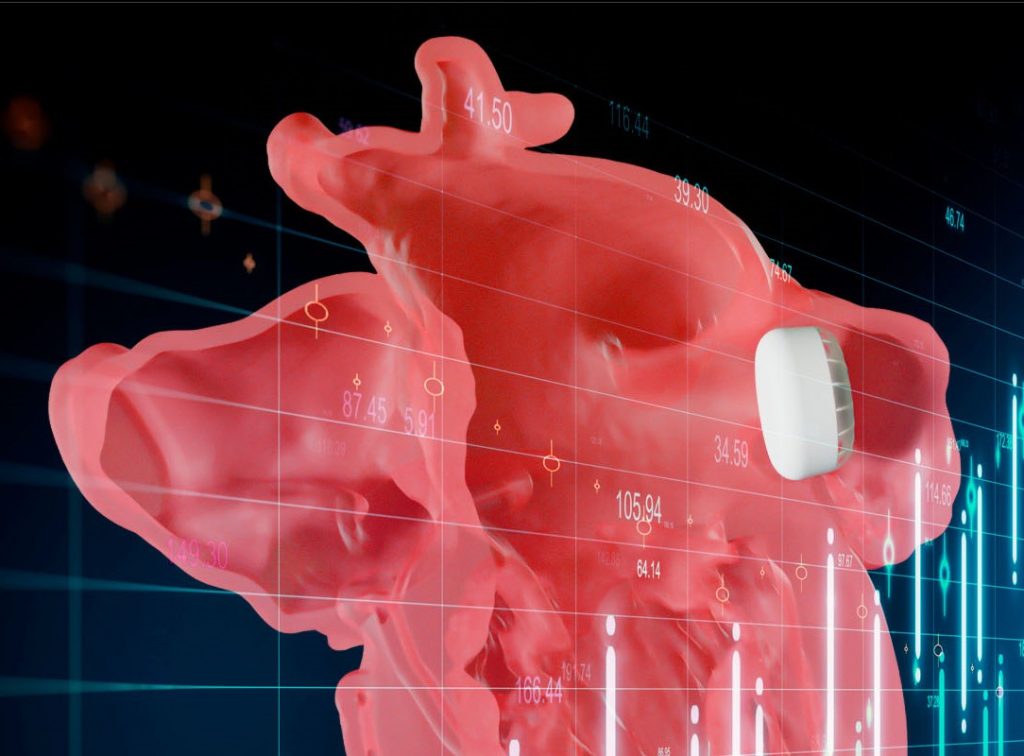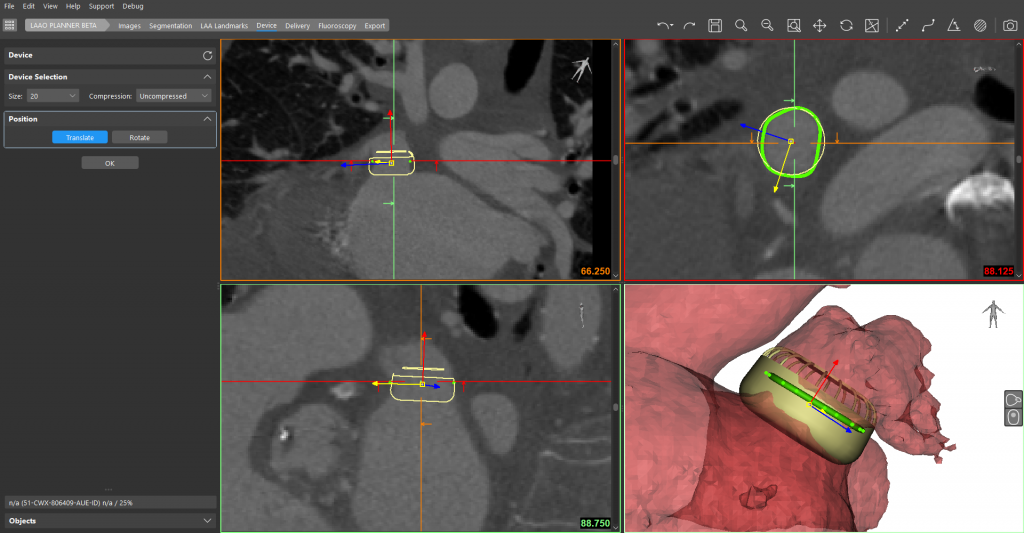3D printing software developer Materialise has upgraded its Mimics Enlight medical 3D planning software with an additional cardiovascular procedure.
Specifically, Materialise customers will now be able to plan out complex left atrial appendage occlusion (LAAO) procedures in Enlight’s 3D environment. The program is intended to help medical professionals mitigate surgical risk and improve planning efficiency by providing a more visual method of procedure preparation with 3D models.
Janelle Schrot, Market Manager at Materialise Medical, explains, “While Materialise Mimics Enlight is not the only structural heart planner on the market for this procedure, we are unique in offering 3D planning technology.”

What is the LAAO procedure?
The LAAO procedure is a last resort treatment for patients suffering from atrial fibrillation (AFib), a heart condition characterized by a rapid, irregular heartbeat that increases a patient’s risk of stroke. To treat AFib, a cardiologist inserts a specialized implant into the heart, which shuts off and regulates blood flow to the left atrium. This has been shown to reduce the risk of AFib-induced stroke by up to 70%.
Owing to the variability of the condition, each LAAO procedure must be tailored to the individual anatomy of the patient. This makes the planning stage of the procedure crucial, as implant placement is especially delicate. Physicians usually take multiple 2D scans of the heart and patch them together, but a native 3D scan can provide a better understanding of the intricacies of the chambers and valves with more accurate measurements.

3D visualization with Mimics Enlight
Developed in collaboration with healthcare provider Henry Ford Health System, Mimics Enlight provides clinicians with a consistent method of taking critical 3D measurements for cardiovascular procedures. The software allows users to virtually implant LAAO devices to simulate their feasibility, with the ability to modify the size of the implant in a trial-and-error fashion. As well as the LAAO procedure, the program can also be used to prepare for transcatheter mitral valve replacement (TMVR) procedures, a feature launched back in 2019.
Much like the other software packages in the Materialise portfolio, Mimics Enlight integrates well with 3D printing technology, as scans can be exported as STL files for medical model fabrication. Combined with full-color 3D printing technologies, the program can enable next-level surgical planning with lifelike parts. Additionally, patient scans can also be explored in virtual reality, granting clinicians the power to extensively assess cases before the operating room.
“We give physicians the advantage of working on segmented 3D models rather than relying on 2D images and volume rendering alone,” adds Schrot. “These 3D models provide unique insights into patient anatomy and challenges that the anatomy may present during the procedure. They are a key to success in creating a fast, repeatable process to planning challenging left atrial appendage closures. This combines with our online case sharing portal to improve physician communication and enable even higher utility of the case plan.”

Just last month, Materialise used its 3D printing software to support a novel simultaneous double hand and face transplant. Working with surgeons at NYU Langone Health, the company helped develop personalized 3D printed surgical guides, which enabled the team to precisely perform the complex procedure on a 22 year old patient.
Elsewhere, the company has also previously partnered with metal 3D printer OEM Desktop Metal to provide support for its binder jet 3D printing technology on the Materialise software suite. The partnership, which covers Desktop Metal’s Shop System and Production System, aims to provide customers with a simplified end-to-end binder jetting workflow.
Subscribe to the 3D Printing Industry newsletter for the latest news in additive manufacturing. You can also stay connected by following us on Twitter and liking us on Facebook.
Looking for a career in additive manufacturing? Visit 3D Printing Jobs for a selection of roles in the industry.
Featured image shows a LAAO device implanted in the left atrium. Image via Materialise.



